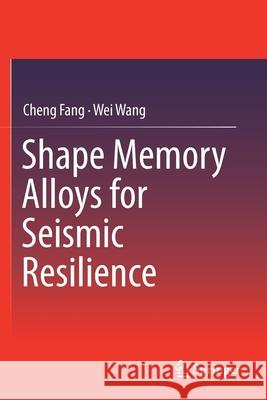Shape Memory Alloys for Seismic Resilience » książka
topmenu
Shape Memory Alloys for Seismic Resilience
ISBN-13: 9789811370427 / Angielski / Miękka / 2020 / 284 str.
Shape Memory Alloys for Seismic Resilience
ISBN-13: 9789811370427 / Angielski / Miękka / 2020 / 284 str.
cena 684,33
(netto: 651,74 VAT: 5%)
Najniższa cena z 30 dni: 655,41
(netto: 651,74 VAT: 5%)
Najniższa cena z 30 dni: 655,41
Termin realizacji zamówienia:
ok. 22 dni roboczych
Dostawa w 2026 r.
ok. 22 dni roboczych
Dostawa w 2026 r.
Darmowa dostawa!
Kategorie:
Kategorie BISAC:
Wydawca:
Springer
Język:
Angielski
ISBN-13:
9789811370427
Rok wydania:
2020
Wydanie:
2020
Ilość stron:
284
Waga:
0.43 kg
Wymiary:
23.39 x 15.6 x 1.65
Oprawa:
Miękka
Wolumenów:
01
Dodatkowe informacje:
Wydanie ilustrowane











